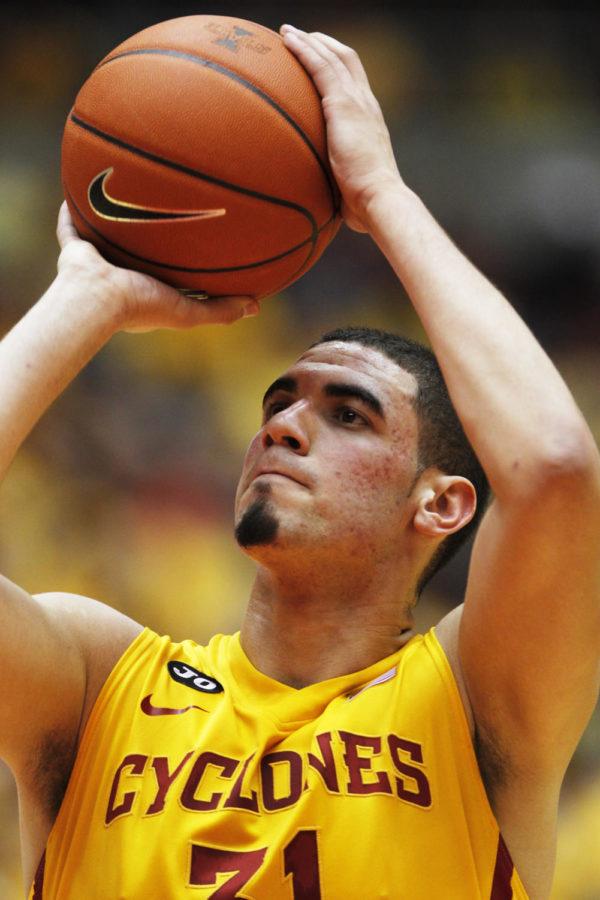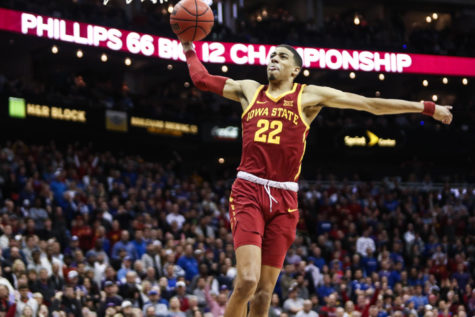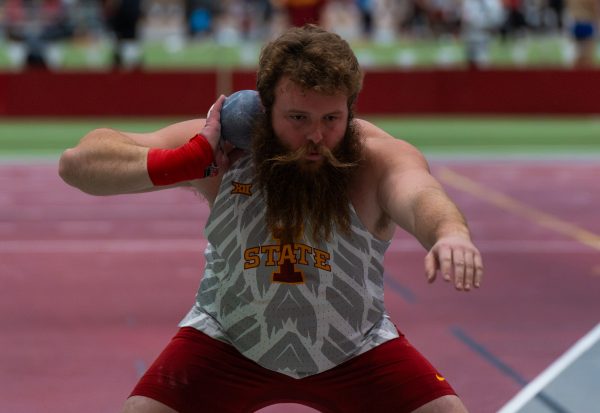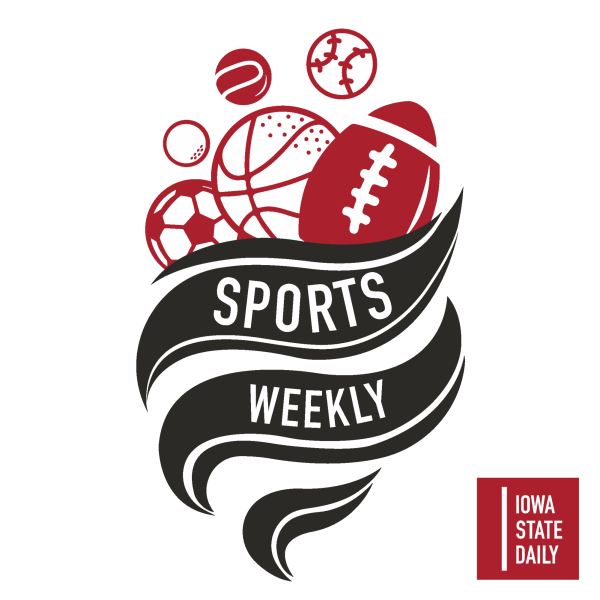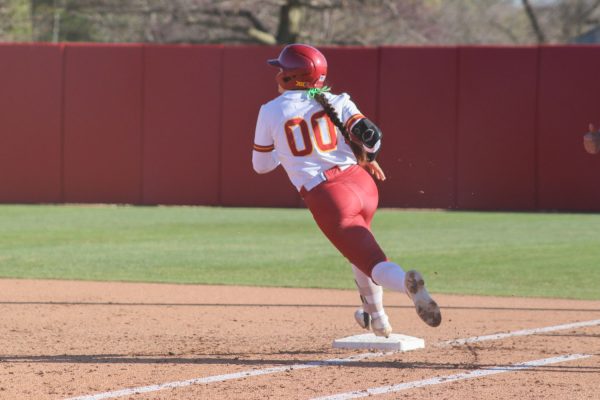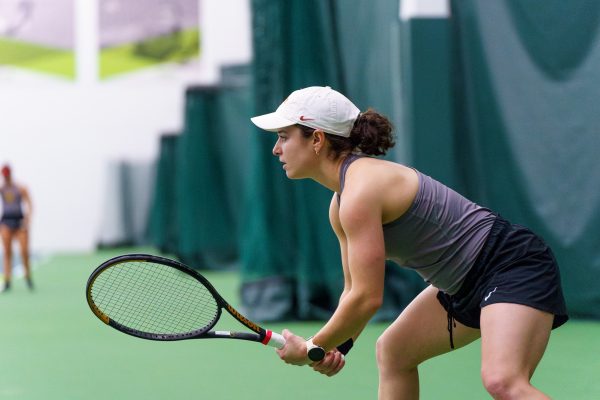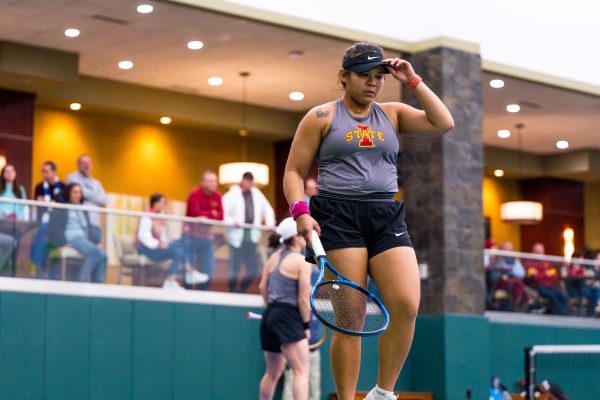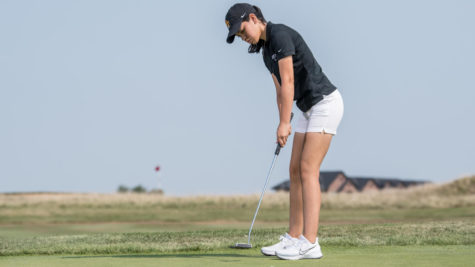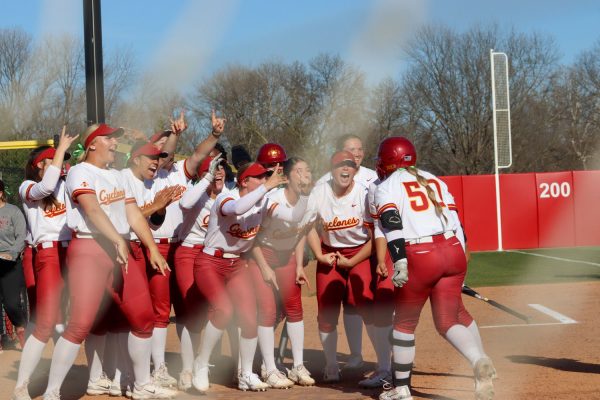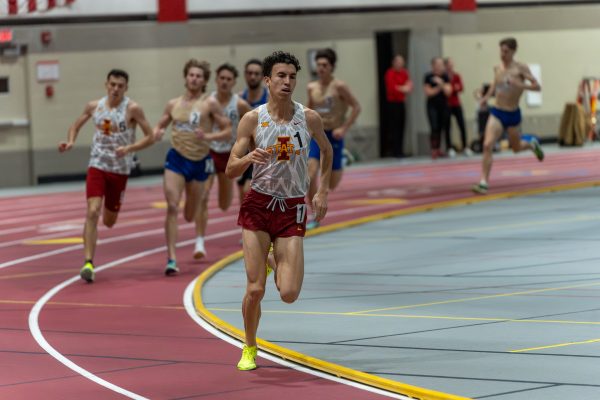Shooting, rebounding main focus heading into Texas
Kelby Wingert/Iowa State Daily
Sophomore Georges Niang shoots a free throw during the game against Kansas on Jan. 13. The Cyclones fell to the Jayhawks 77-70.
January 17, 2014
As the game progressed, it only became more frustrating for Georges Niang.
Into the second half, Niang still hadn’t hit a 3-pointer, threatening to extend his streak to two games without a make from long range. Kansas begged him to shoot and Niang wasn’t shy about pulling the trigger again and again, miss after miss.
“It was pretty frustrating, I can’t lie to you,” Niang said. “Especially with a team like that, you want to beat them so bad, and you just can’t knock down shots, especially open ones when they’re sagging off of you, and they’re daring you to shoot.”
Niang tallied a season-high 20 shots and hit only four, tying for his second fewest made shots on the season.
So why is the 6-foot-7 forward still not shy about shooting? His coach Fred Hoiberg — who was a bit of a shooter in his playing days — has injected a belief in him and the rest of the team.
“Yeah, I’ve been in the gym working on whatever I have to do to make shots,” Niang said. “I think Fred has always said ‘keep shooting’ and has instilled confidence in all of us.”
It wasn’t just Niang who struggled in the losses against No. 15 Kansas or Oklahoma. As a team, the Cyclones went a mere 10-for-51 from behind the arc, which is only slightly above their average of 8.5 made triples per game.
Hoiberg said at Thursday’s practice he was happy with the response he’s seen since the string of losses. Each player was at the practice facility on their off-day getting shots up and doing what they could to get back into rhythm.
Hoiberg, who said he’s dealt with his fair share of shooting slumps, said the team watched film and he was able to pinpoint flaws in each shot. He noted he wanted his shooters this year, to think more like a specific shooter last season, who had a short memory.
“I tried to give them the example of Tyrus McGee, a perfect example. The guy never let the previous shot affect the next one.
We short-armed some of them, reached towards the rim, which is human nature when that ball’s not going in, to try and get as close to the rim as possible,” Hoiberg said. “I’ve been through it, it’s easier said than done to try and tell them to get it out of their minds because that was the worst. I’d go back and harp on every shot I took, so you just try and have a short memory.”
While shooting was a glaring hole in the losses, the lack of rebounding was crippling too.
Against Oklahoma and Kansas, Iowa State gave up 13 and 15 offensive rebounds, respectively. And against the Jayhawks, those offensive rebounds led to second-chance points, where Kansas held a 23-10 advantage.
According to Melvin Ejim, it’s not a matter of technique when it comes to rebounding.
“Rebounding isn’t a technique. It’s just wanting it harder and going hard,” Ejim said.
Traveling to play the Texas Longhorns on Jan. 18, going to the glass has been a major focus in practice this week. The Longhorns are No. 1 in the Big 12 in total rebounds, No. 2 in offensive rebounds and have out-rebounded their opponents by an average of 8.1 per game.
So what has practice been like when something as physical as rebounding has been as much of a focal point as shooting?
“It’s war. It’s been like war in here man with all this rebounding,” Niang joked. “No, I mean we just haven’t been doing the little things in these last two games that we’ve gotten taken down, so we’ve just been working on that, being aggressive on our cutouts and knowing that we’re smaller than everybody, so we have to be more aggressive getting to the ball.”

